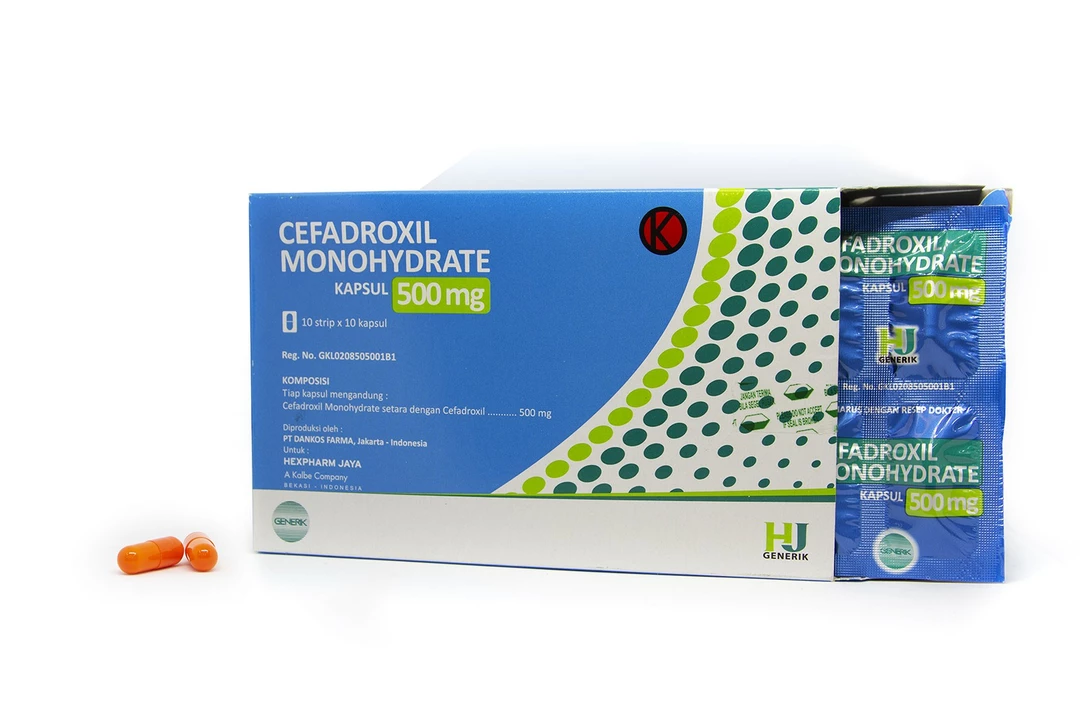Cefadroxil: What You Need to Know About This Antibiotic
If you've been prescribed cefadroxil or just want to understand it better, this article has you covered. Cefadroxil is a type of antibiotic from the cephalosporin family, which helps your body fight bacterial infections. Whether it's a throat infection, skin infection, or urinary tract infection, this medicine can be quite effective if used right.
Unlike some antibiotics that target only specific bacteria, cefadroxil works on a broad range of them. This makes it a go-to option when the exact bacteria isn’t known but treatment is needed fast. It’s available in capsule or liquid form, so it’s easy to take whether you prefer swallowing pills or need a dose for kids.
How Cefadroxil Works and What to Expect
The way cefadroxil fights bacteria is by messing with their cell walls. Without a strong cell wall, bacteria can't survive or multiply. This stops your infection from getting worse and gives your immune system a chance to clear it out. But remember, it only works on bacterial infections, so it won’t help if you have a viral illness like the flu or common cold.
Usually, after starting cefadroxil, you might feel better in a few days. It's important to finish the entire course, even if you feel fine, to make sure the infection is fully wiped out and reduce the chance it comes back tougher. Missing doses or stopping early can lead to resistance, meaning the bacteria might not respond to this or other antibiotics later on.
What You Should Watch Out For
Like any medication, cefadroxil can cause side effects. The most common include upset stomach, diarrhea, or a mild rash. If you get serious allergic reactions like swelling, trouble breathing, or hives, get medical help immediately. Those allergic to penicillin or other cephalosporins might be at risk of reactions, so always tell your doctor about past allergies.
Also, if you notice new symptoms like severe diarrhea after treatment, let your healthcare provider know. This could mean a different infection that needs special care. Always keep your doctor in the loop if you take other medicines, as some might not mix well with cefadroxil.
In short, cefadroxil is a reliable and widely used antibiotic when taken properly. Knowing what it does, how to use it safely, and what signs to watch can help you get the best results and stay healthy.
Cefadroxil for Osteomyelitis: A Comprehensive Overview
As a copywriter, I've recently researched Cefadroxil for Osteomyelitis and found it to be quite an effective treatment option. This antibiotic is specifically designed to fight the infection by targeting the bacteria causing the inflammation in the bones. It's known for its impressive ability to penetrate bone tissue, which makes it ideal for treating Osteomyelitis. Throughout the course of treatment, patients have reported significant improvements in their symptoms and overall well-being. If you're considering treatment options for Osteomyelitis, I highly recommend looking into Cefadroxil as a potential solution.

